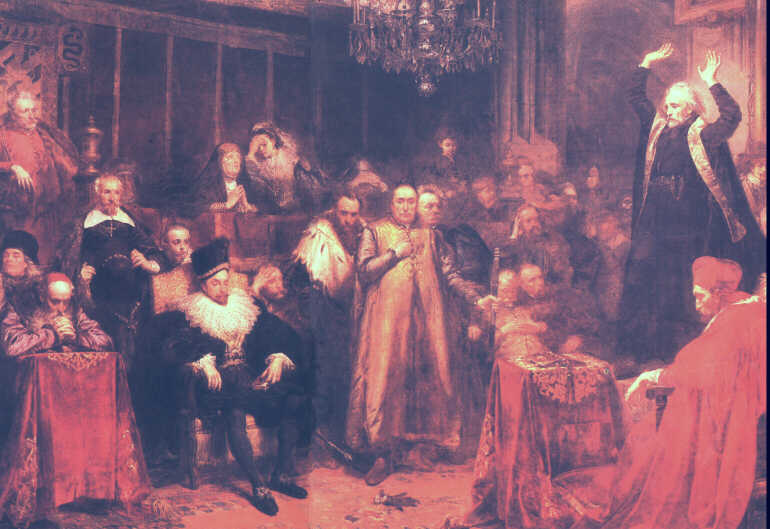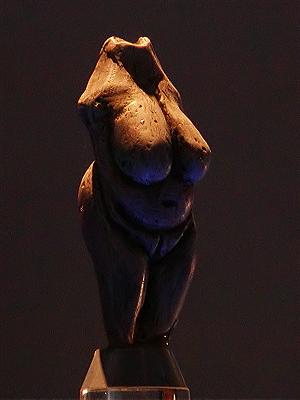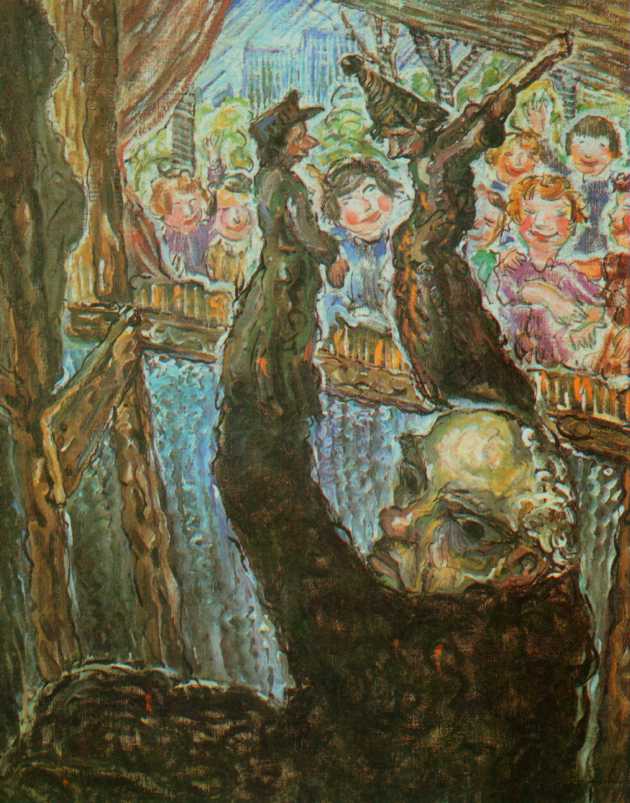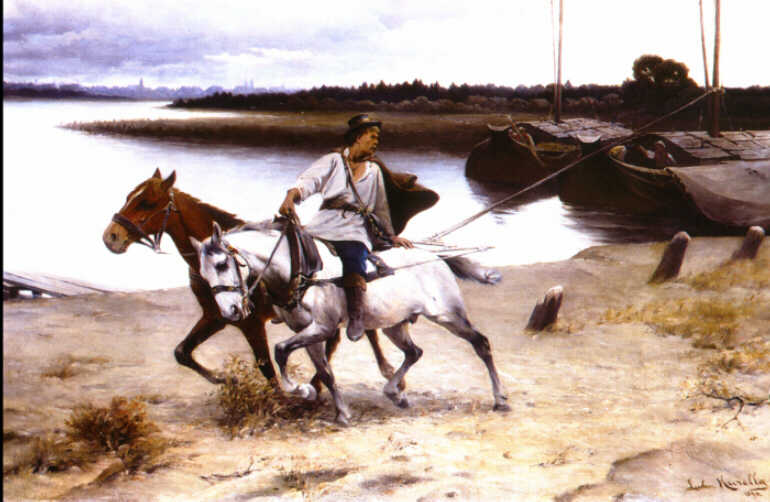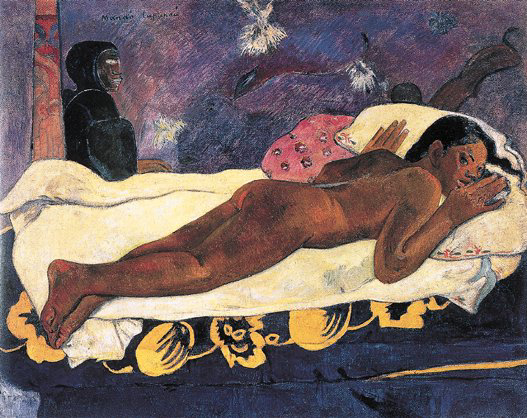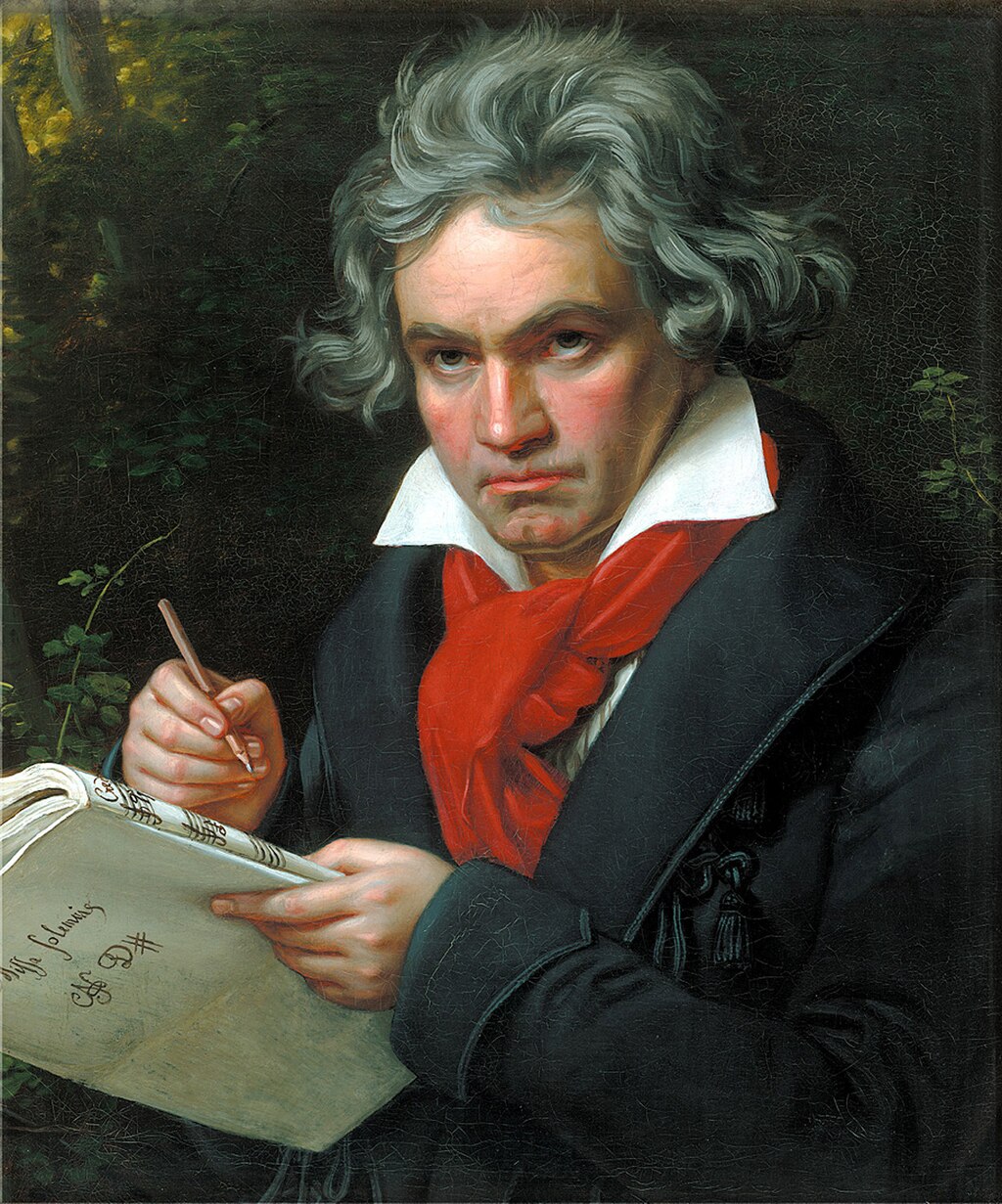
Theater in Slovakia
The earliest Slavic performances in today's Slovakia, related to religious rituals, supposedly took place during the times of the Great Moravian Reich, survived in folk traditions and infiltrated into Christian rituals. Their prevalence is evidenced by the fact, that the synod of Esztergom in the 12th century. forbade the organization of performances in churches. In the next century, the synod of Budzin also forbade the participation of traveling singers in the performances (games), who attracted audiences with juggling tricks and the latest gossip from the big world.
In the Middle Ages, church representations developed on the basis of the Gospel and the liturgical cycle. The first secular drama, issued in Bratislava in 1536 r., depicted human fate from birth to death.
During the Renaissance, plays in German or Latin were performed in wealthy mining and merchant cities. P. Kyrmezer i J. Tesak-Mośovsky, two Slovaks living in Prague, they were authors of biblical plays played in Czech.
With the advent of the Counter-Reformation and the emergence of the Jesuit Order, the theater, especially school, has become an important propaganda tool. The first Slovak performance was staged by students of the Jesuit gymnasium in the Spišská Kapitula, St. 1648 r., and the first permanent stage was built in the Evangelical gymnasium in Bratislava in 1656 r. (only in 1692 r. a wonderful baroque scene was created in the building of the Trnava University).
Permanent theaters, wooden first, later bricked, construction was started in Slovakia in the 18th century. W 1776 r. the first brick theater was built in Bratislava. Private scenes were created in magnate mansions (the best in the Erdody and Palffy palaces in Bratislava), where Italian operas were most often played.
Slovak theater developed from school amateur theaters, in which the students played for fun after the obligatory performances. The breakthrough was the issue of 1830 r. kodemii S. Chałupki Kocurkovo by an amateur troupe from Liptovsky Mikulas, run by a theater enthusiast, director, actor and sponsor G.. Fejerpatakyego-Belopotockiego, which initiated the systematic activity of the group and led to the exhibition 40 pieces. The stormtroopers had theater troupes in Myjava, Sobosti and Levoča, at the Evangelical gymnasium. At the end of the 19th century. Martin became the capital of the amateur theater.
After 1918 r. Slovak amateur theater has experienced rapid development: w 1919 r. took place 390 performances, a w 1932 r. already 5900. Created in 1919 r. in Martin, the Society of the Slovak National Theater became the foundation of the first professional theater in Slovakia (Slovenian National Theatre) founded in Bratislava in 1920 r. Unfortunately, mainly Czech and Czech plays were played, and the controversy over the availability of the stage for Slovak authors and actors continued until 1938 r. (however, several Slovak performances were staged, m.in. songs by Hviezdoslav and J. Palarika). W 1938 r. only plays and operas in Slovak have been played at the Slovak National Theater.
Today, numerous professional and amateur theaters operate throughout the country (most in Bratislava and Kosice). There are puppet theaters, avant-garde and national (m.in. Hungarian theaters in Komarno and Košice, the Lemko and Ukrainians theater in Prešov and the Roma theater in Košice).
